Rounding Decimals to the Nearest Hundredths
Rules for rounding decimals to the nearest hundredths:
● To round a decimal analyse the digit in the thousandths place value.
● If the thousandths place value is 5 or more then 5, then the digit at the hundredths place increases by 1 and the digits in the thousandths place and thereafter becomes zero (round up).
For example;
(i) 31.005 →
In 31.005 analyse the digit at the thousandths place value. Here 5 is equal to 5. Therefore we have to round the decimal number up to the nearest hundredths 31.01
(ii) 101.277 →
In 101.277 analyse the digit at the thousandths place value. Here 7 is more than 5. Therefore we have to round the decimal number up to the nearest hundredths 101.28
● If the thousandths place value is
less than 5, then the digit at the hundredths place remains unchanged and the
digits at the thousandths place and there after becomes zero (round down).
For example;
(i) 57.011 →
In 57.011 analyse the digit at the thousandths place. Here 1 is less than 5.
Therefore we have to round the decimal number down to the nearest hundredths 57.01
(ii) 91.383 →
In 91.383 analyse the digit at the thousandths place. Here 3 is less than 5.
Therefore we have to round the decimal number down to the nearest hundredths 91.38
Worked-out examples on rounding decimals to the nearest hundredths:
To round a decimal number to the nearest hundredths follow the explanation step-by-step how to round up or round down the decimal to the nearest hundredths.
Round off the following to the nearest hundredths:
(a) 0.945
Solution:
Rounding off 0.945 to the nearest hundredths, we observe the digit at the thousandths place value.
The digit at the thousandths place is 5 and 5 = 5.
The digit at the hundredths place increases by 1 and the digit at the thousandths place becomes 0.
Therefore, 0.945 rounded off to the nearest hundredths as 0.95
(b) 29.581
Solution:
Rounding off 29.581 to the nearest hundredths, we observe the digit at the thousandths place value.
The digit at the thousandths place is 1 and 1 < 5.
The digit at the hundredths place remains unchanged and the digit at the thousandths place becomes zero (rounded down).
Therefore, 29.581 is rounded off to the nearest hundredths as 29.58
● Related Concept
● Decimals
● Conversion of Unlike Decimals to Like Decimals
● Decimal and Fractional Expansion
● Converting Decimals to Fractions
● Converting Fractions to Decimals
● H.C.F. and L.C.M. of Decimals
● Repeating or Recurring Decimal
● BODMAS/PEMDAS Rules - Involving Decimals
● PEMDAS Rules - Involving Integers
● PEMDAS Rules - Involving Decimals
● BODMAS Rules - Involving Integers
● Conversion of Pure Recurring Decimal into Vulgar Fraction
● Conversion of Mixed Recurring Decimals into Vulgar Fractions
● Rounding Decimals to the Nearest Whole Number
● Rounding Decimals to the Nearest Tenths
● Rounding Decimals to the Nearest Hundredths
● Simplify Decimals Involving Addition and Subtraction Decimals
● Multiplying Decimal by a Decimal Number
● Multiplying Decimal by a Whole Number
● Dividing Decimal by a Whole Number
● Dividing Decimal by a Decimal Number
From Rounding Decimals to the Nearest Hundredths to HOME PAGE
Didn't find what you were looking for? Or want to know more information about Math Only Math. Use this Google Search to find what you need.
Recent Articles
-
How to Do Long Division? | Method | Steps | Examples | Worksheets |Ans
Apr 20, 25 11:46 AM
As we know that the division is to distribute a given value or quantity into groups having equal values. In long division, values at the individual place (Thousands, Hundreds, Tens, Ones) are dividend… -
Word Problems on Division | Examples on Word Problems on Division
Apr 20, 25 11:17 AM
Word problems on division for fourth grade students are solved here step by step. Consider the following examples on word problems involving division: 1. $5,876 are distributed equally among 26 men. H… -
Subtraction of 4-Digit Numbers | Subtract Numbers with Four Digit
Apr 20, 25 10:27 AM
We will learn about the subtraction of 4-digit numbers (without borrowing and with borrowing). We know when one number is subtracted from another number the result obtained is called the difference. -
Subtraction without Regrouping |4-Digit, 5-Digit & 6-Digit Subtraction
Apr 20, 25 10:25 AM
We will learn subtracting 4-digit, 5-digit and 6-digit numbers without regrouping. We first arrange the numbers one below the other in place value columns and then subtract the digits under each colum… -
Worksheets on Missing Numbers from 1 to 20 | Counting Missing Numbers
Apr 20, 25 10:17 AM
Printable worksheets on missing numbers from 1 to 20 help the kids to practice counting of the numbers.

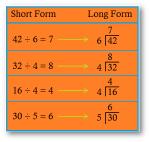
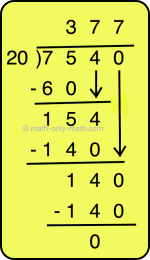
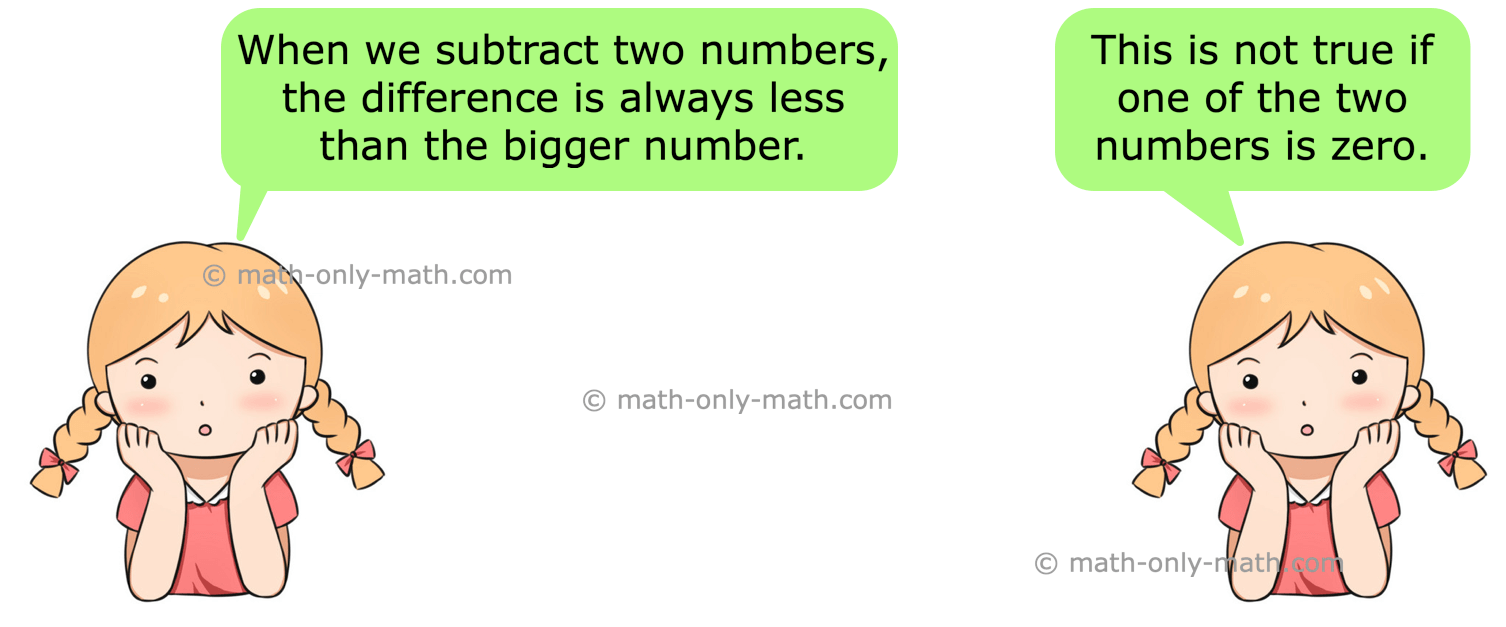
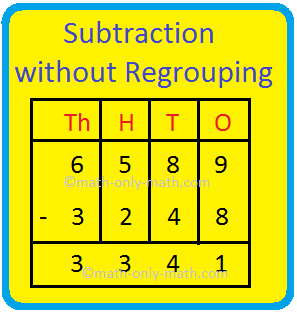
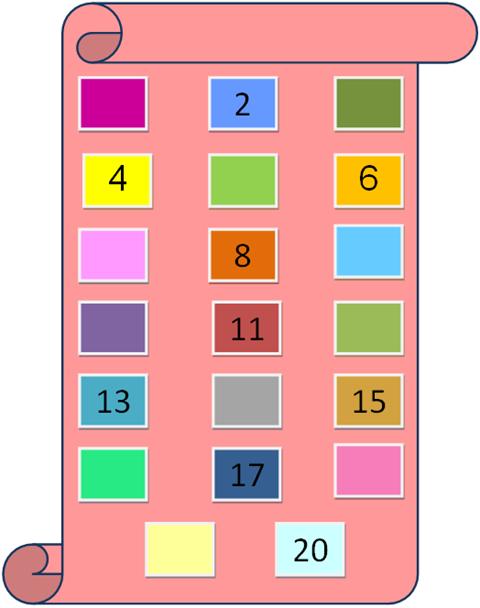
New! Comments
Have your say about what you just read! Leave me a comment in the box below. Ask a Question or Answer a Question.